Office Developers

360 North Green
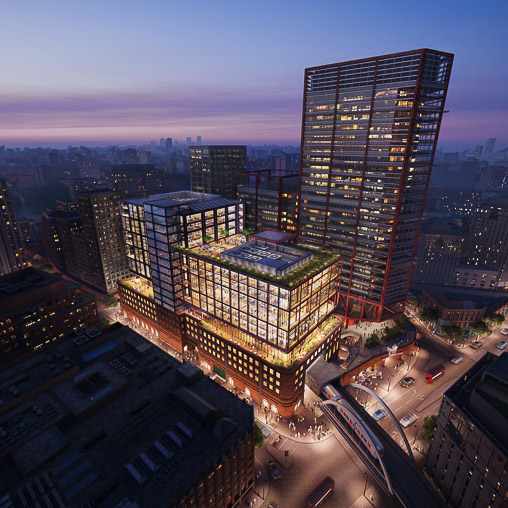
The Goodsyard
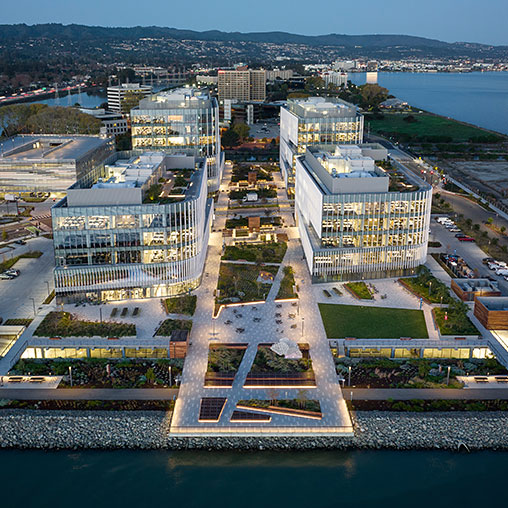
Burlingame Point
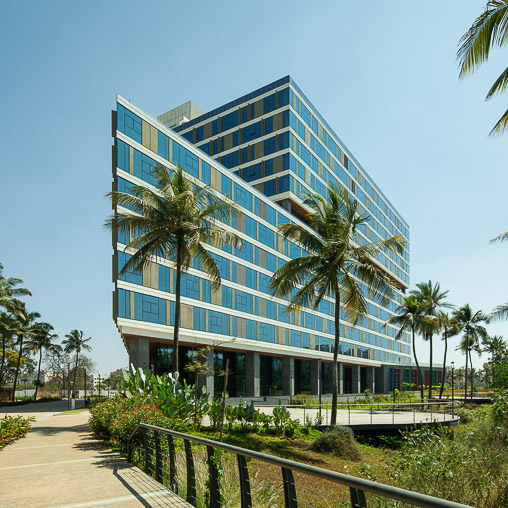
Alembic Gateway Tower
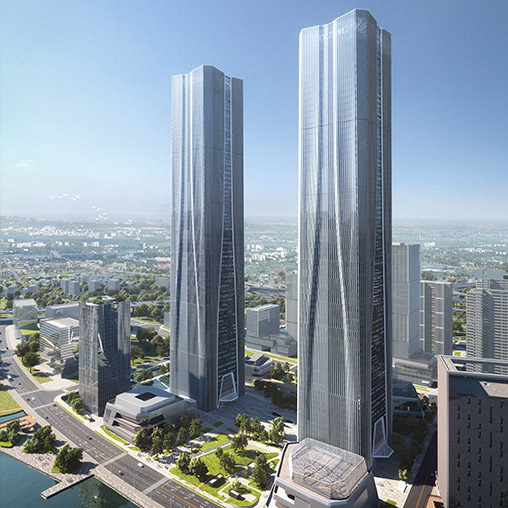
Zhangjiang Twin Towers
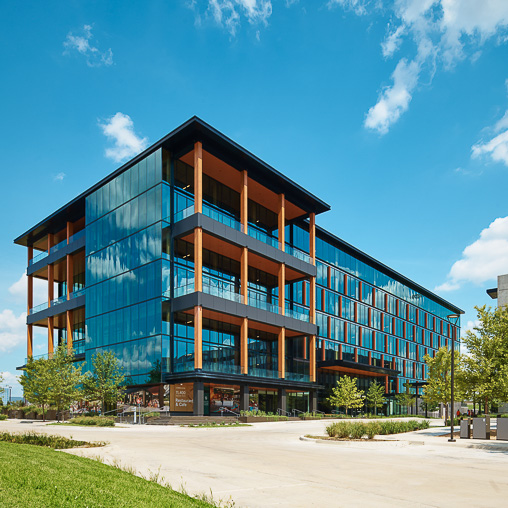
Southstone Yards
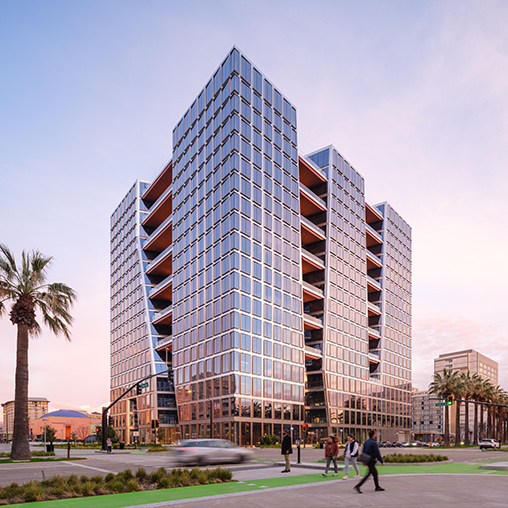
200 Park
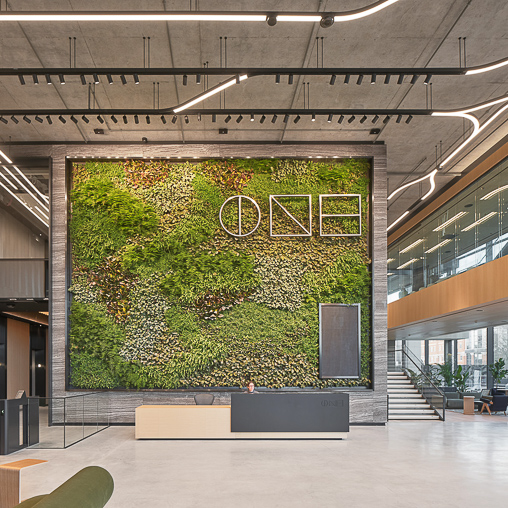
ONE Station Hill
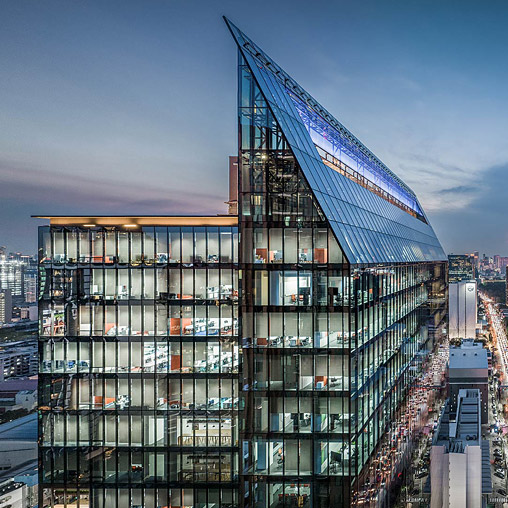
Rasa Tower
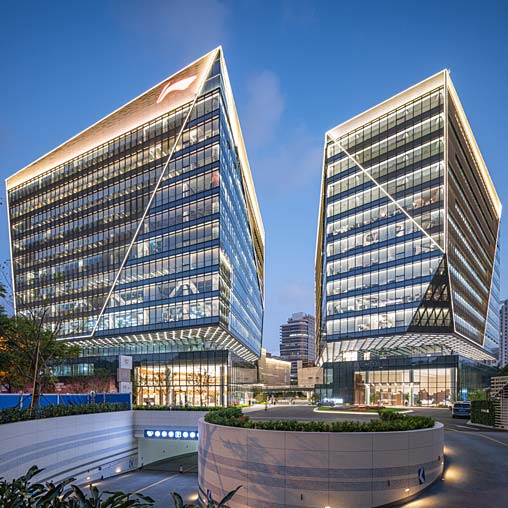
C·PARK Haisu

CapitaSky
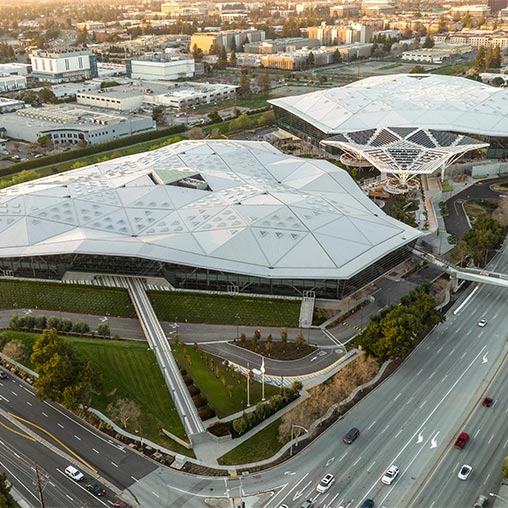
NVIDIA

1229 W Concord Place
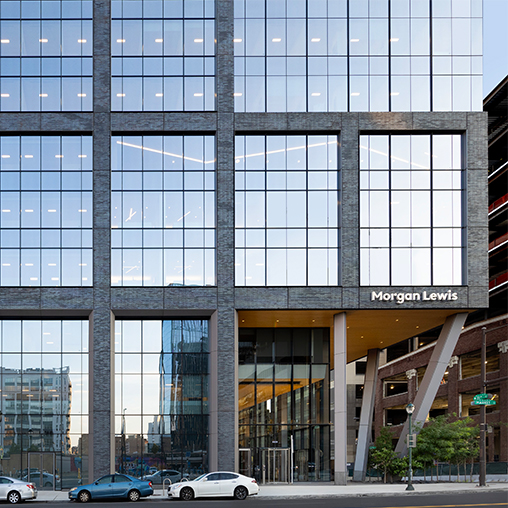
2222 Market

Hatsudai Center Building
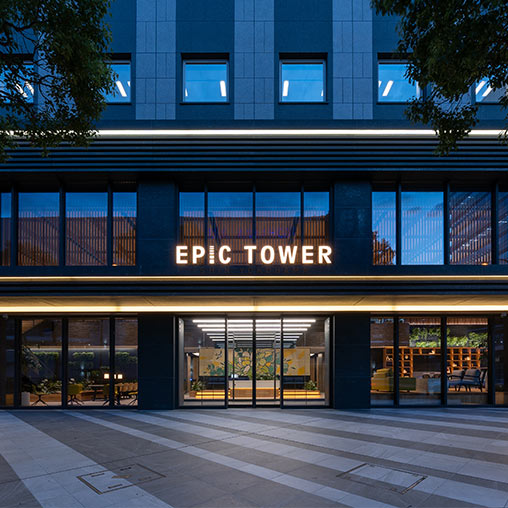
Epic Tower Shin Yokohama

Herald Examiner Building
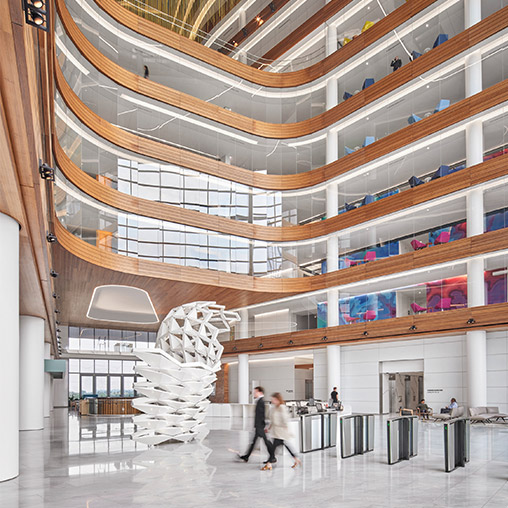
Capital One McLean Block A
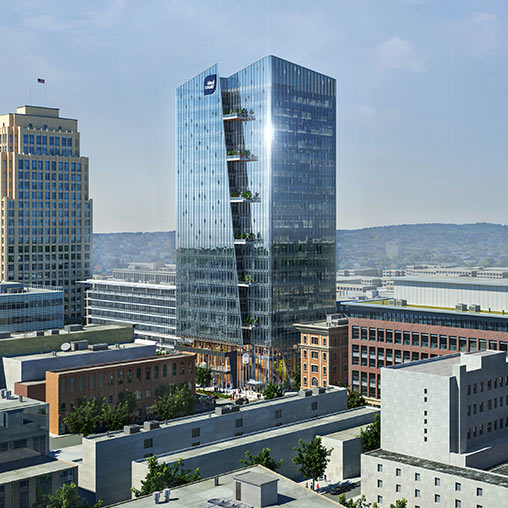
Ideal Tower
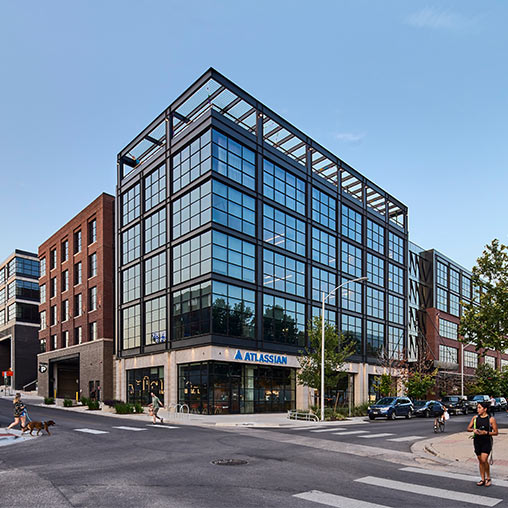
Centro West Block Office Building
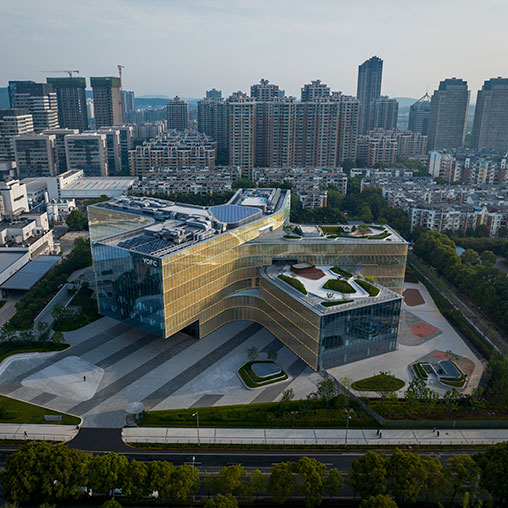
YOFC Headquarters
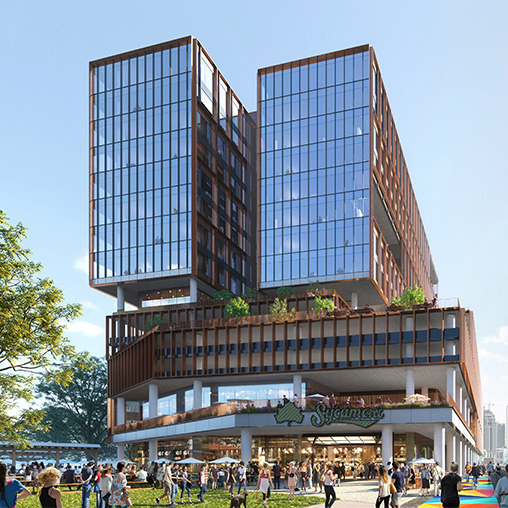
The Line Charlotte
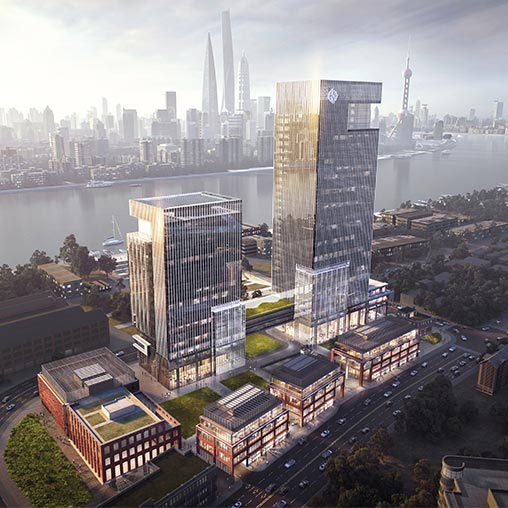
CCCC Riverside Plaza
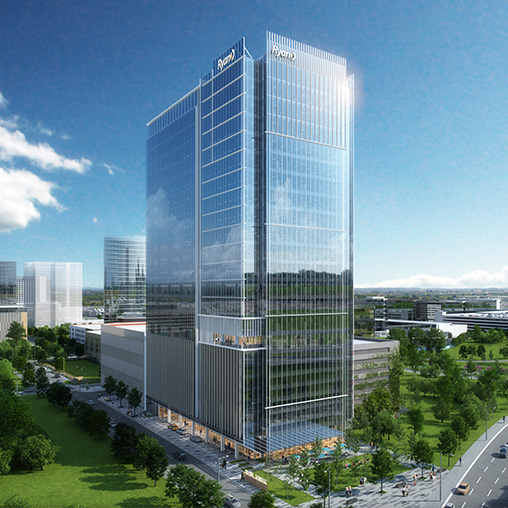
Ryan Tower
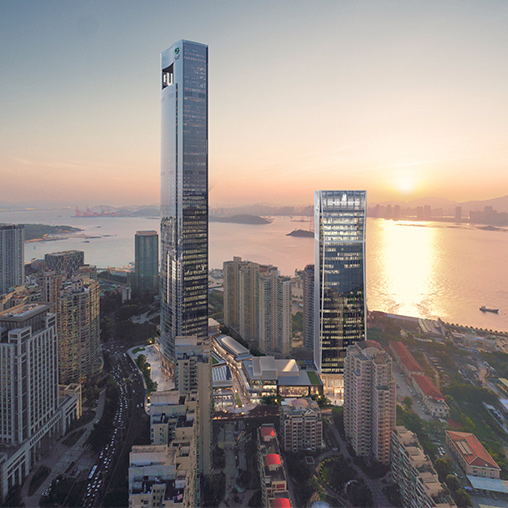
Xiamen CGDG New Era Plaza
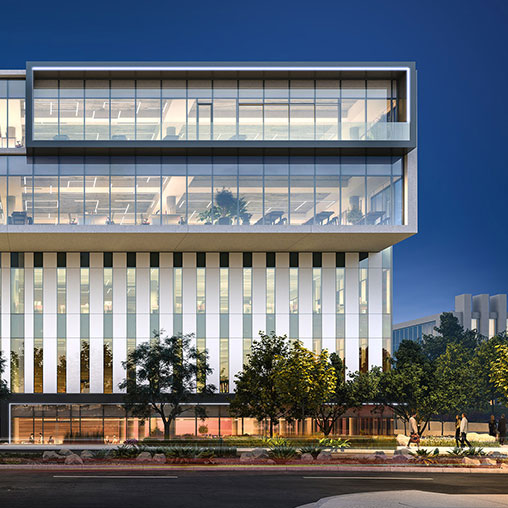
Millenia, Think Campus
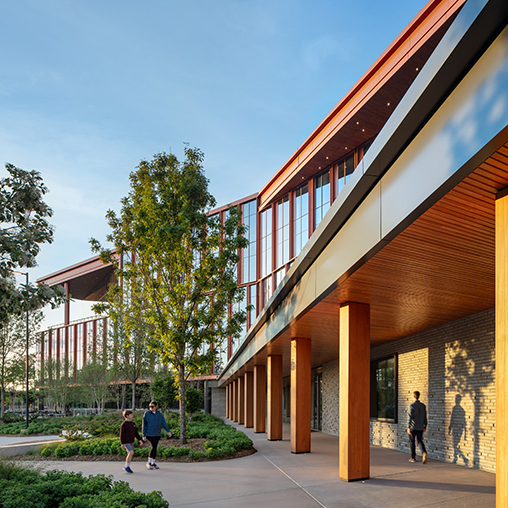
Bandwidth Global Headquarters
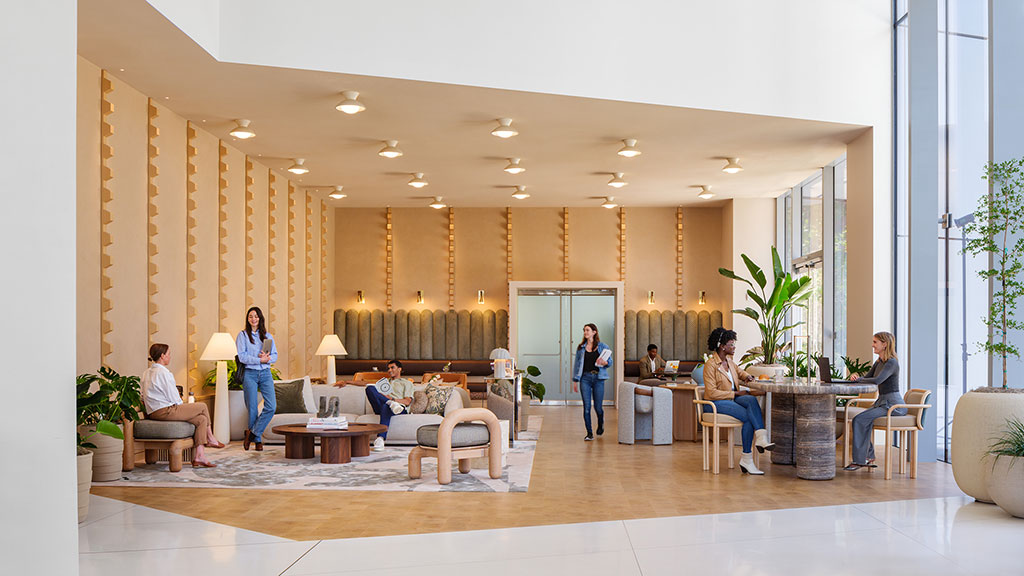
10 Workplace Trends for 2026: What’s In and What’s Out?
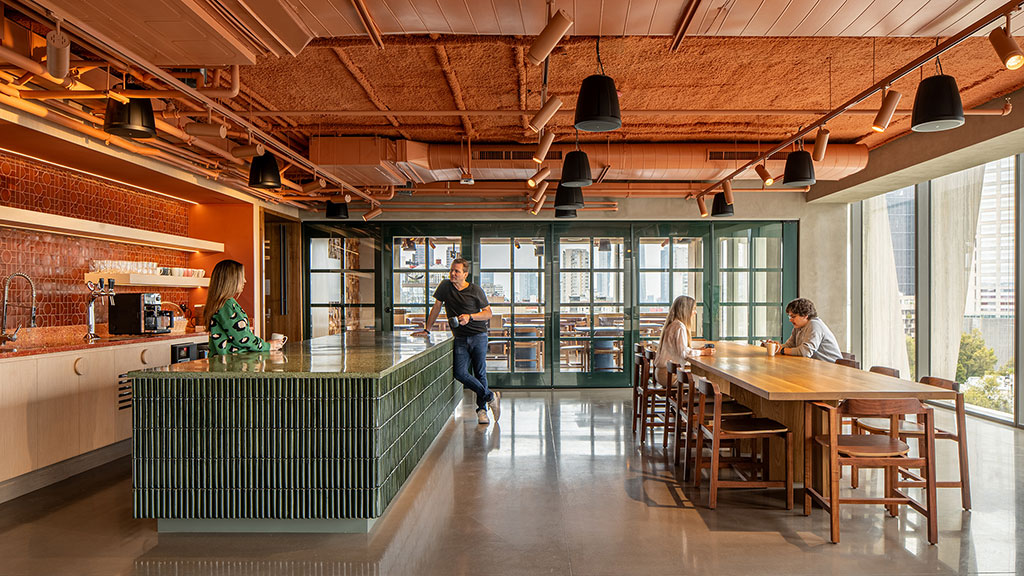
The Future of Real Estate Metrics: Human Connection
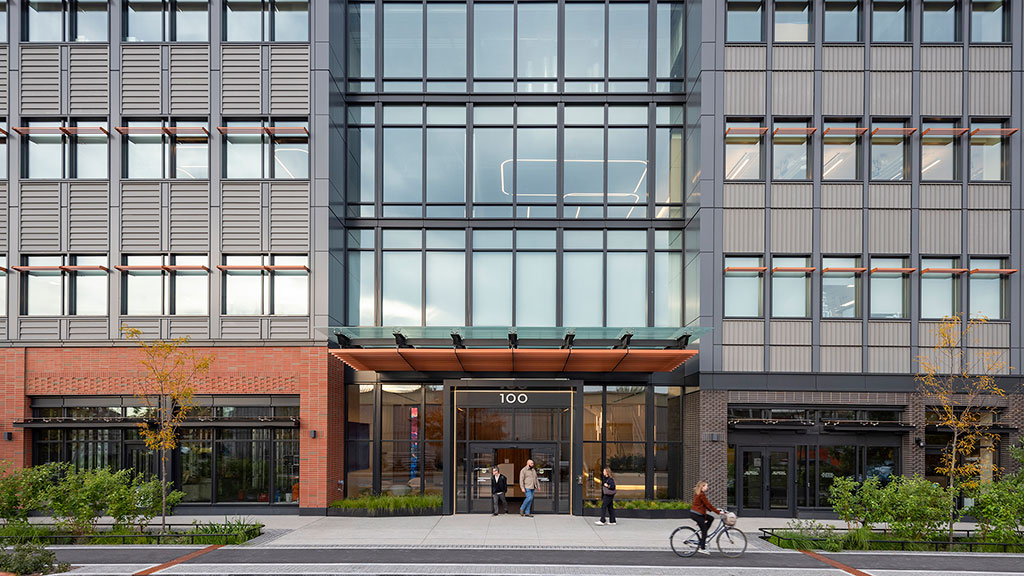
7 Myths Dogging Efforts to Fully Electrify Buildings — Let’s Bust Them
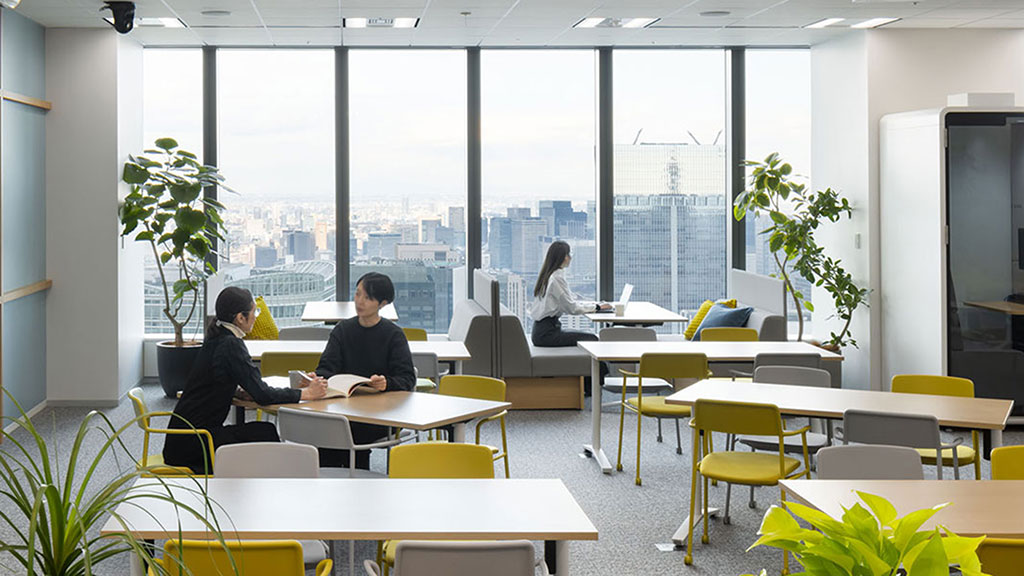
Why Japan’s Workplace Trends Are Moving Against the Global Current
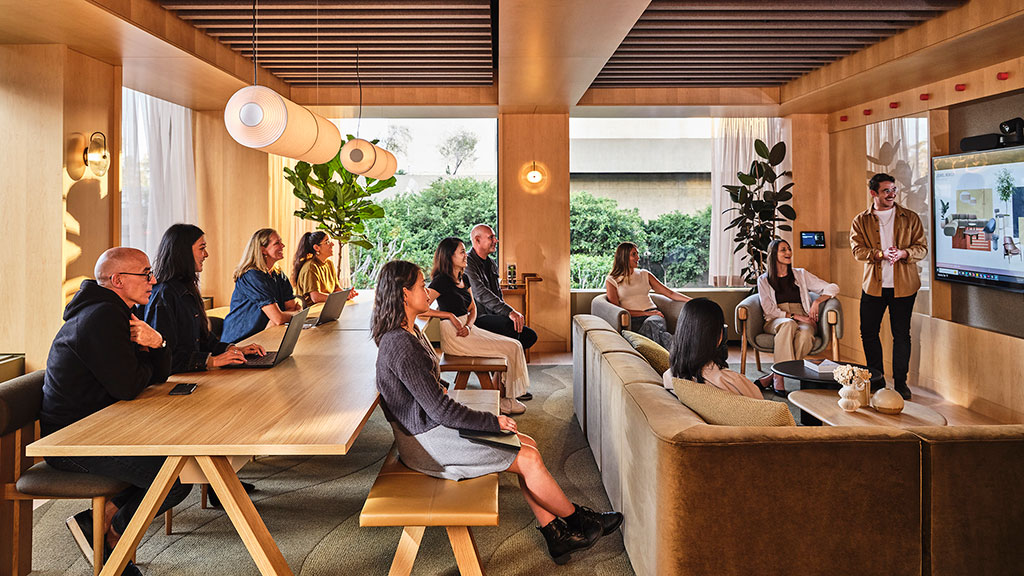
Designing Workplaces That Work — With Your People
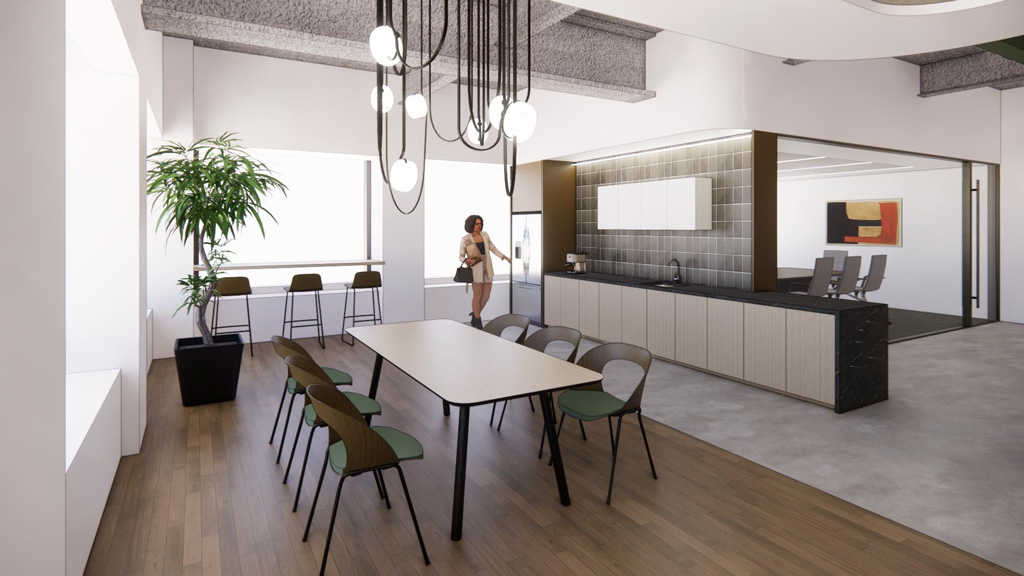
Unlocking Value in Class A High-Rises: The Strategic Advantage of Spec Suites

Doing More With Less: Designing Small Spaces for Big Impact
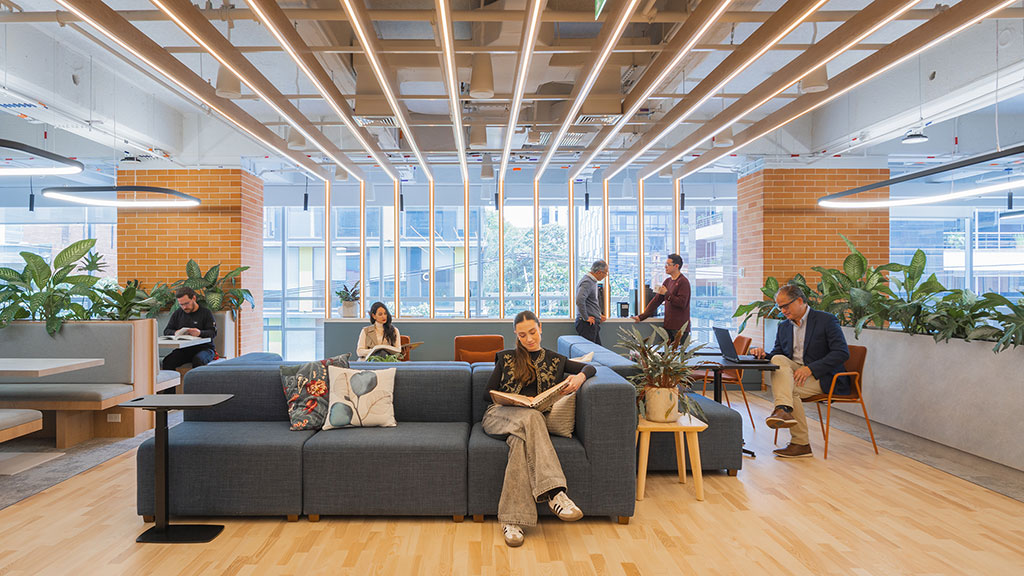
Debunking 3 Myths About Generational Differences in the Workplace
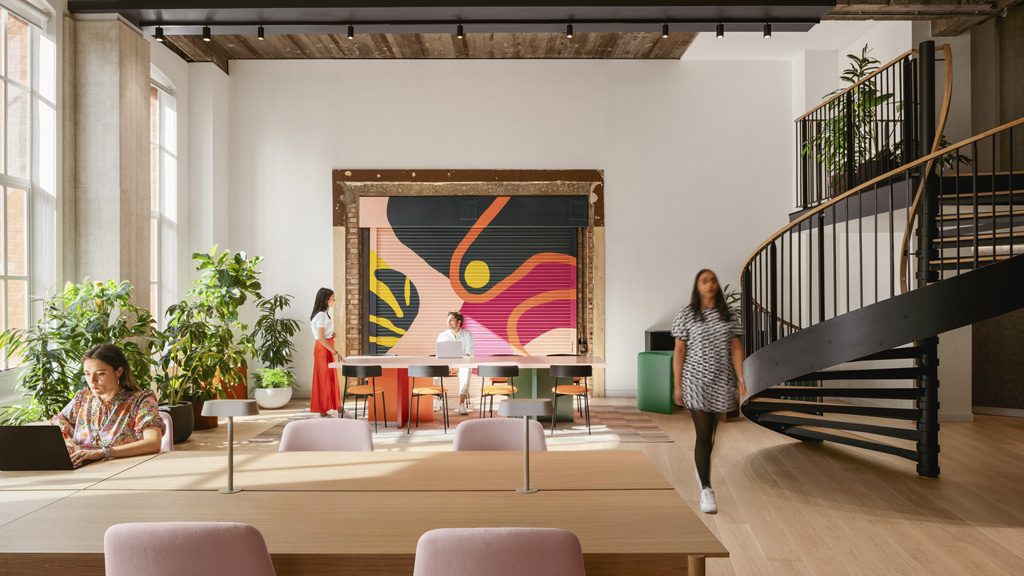
The Future of Work Is Human: Designing for Culture and Experience
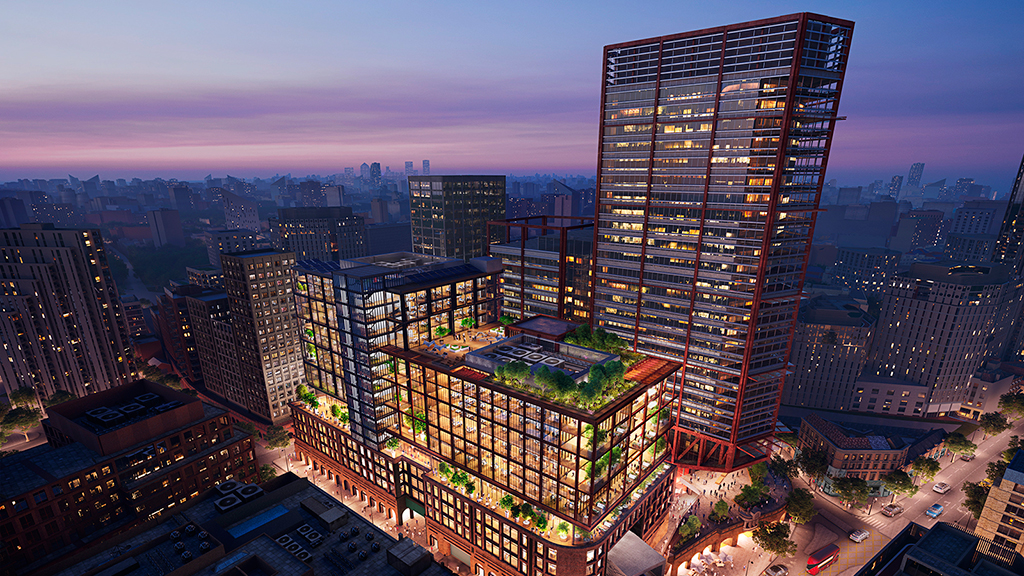
How a Challenging Site Fuelled a Bold New Workplace

A Surprising Reason to Feel Good About Returning to the Office
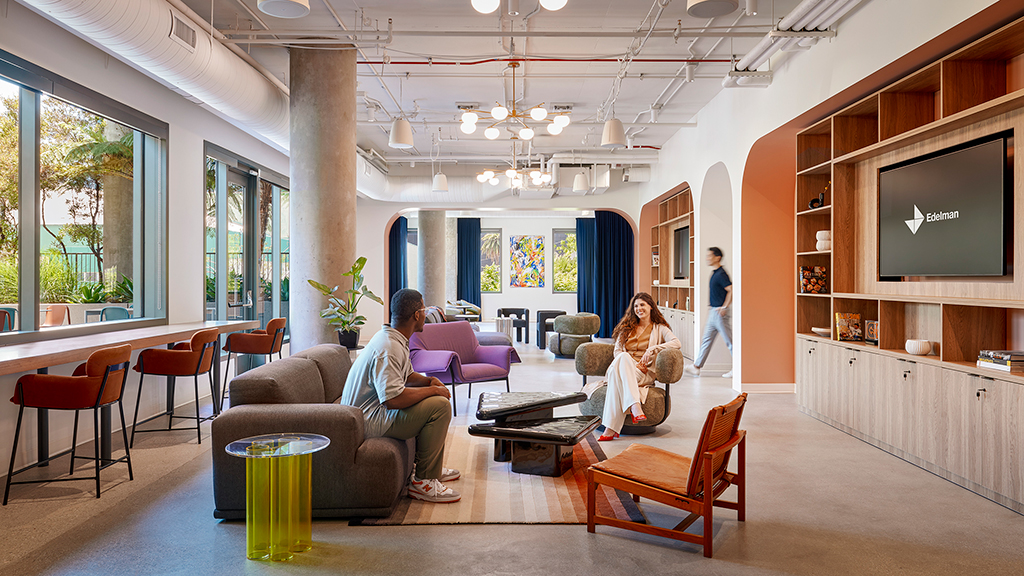
The New Workplace Experiences That People Crave

The New Club Workplace: More Than an Amenity
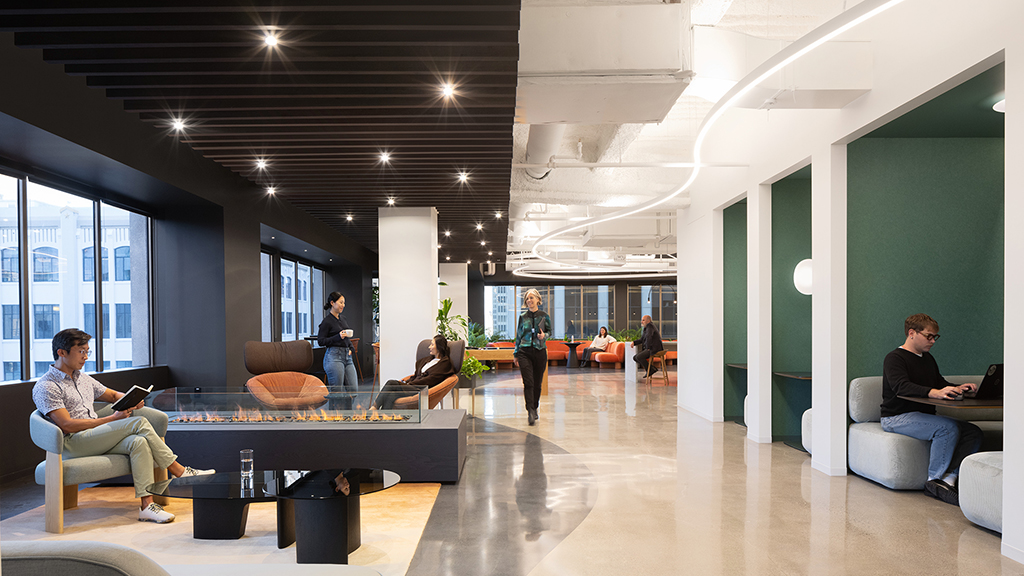
It’s Time for the Traditional Conference Room to Make Way for New Spaces

How Summer FOMO Is Shaping the Canadian Workplace
Experience is as important as floorplate.
Tenants want workplaces that feel like part of a community, not apart from it. The new trophy office is defined by the experiences it provides — outdoor terraces, hospitality-driven design, curated events — and the adjacent public amenities it enables — restaurants, culture, or day care.
Resilience is a non-negotiable for future-ready assets.
Resilience is now a financial concern as much as an environmental one. Developers must look beyond certifications and embed practical protections for their assets and their tenants. Fire-retardant materials, onsite energy solutions, shading, flood proofing, and other resilient design strategies help buildings withstand climate shock and double as community refuges for tenants and families.
Flexibility becomes the key to long-term value.
The “perpetual asset” is designed to morph between office, lab, residential, and beyond as demands shift. Combining thoughtful cores and floorplates, movable façades, resilient systems, and integrated outdoor spaces creates a framework that can evolve over time to ensure long-term viability.


Darrel Fullbright

Duncan Lyons

Kristopher Stuart
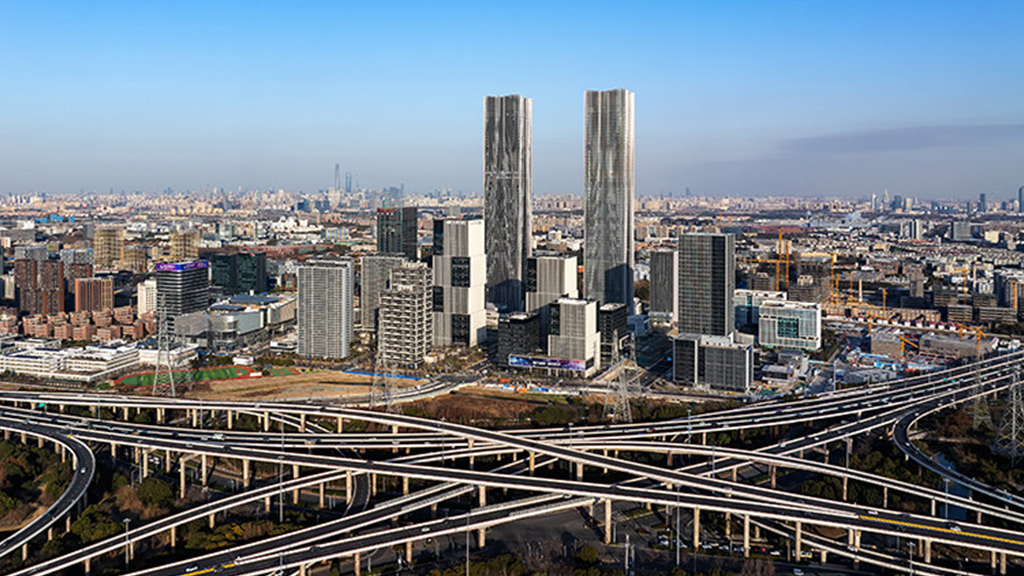
CTBUH Recognized Zhangjiang Science Gate Twin Towers with a 2025 Award of Excellence
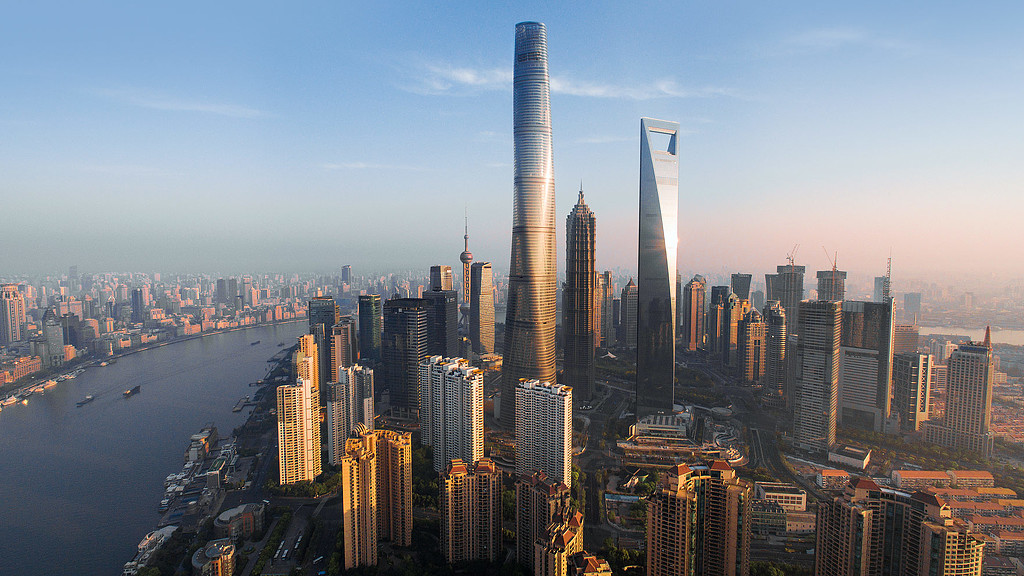
Shanghai Tower Featured in Architectural Digest’s List of the 15 Tallest Buildings in the World in 2025
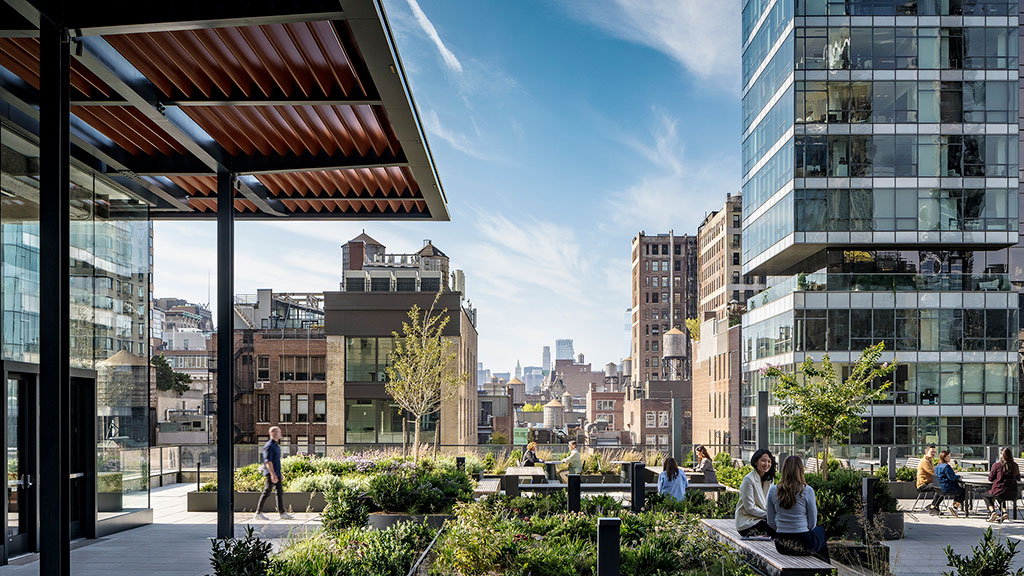
Strategy Director Erin Saven Shared Insights on How Upcoming Lease Activity Offers an Opportunity To Rethink Real Estate Strategies

Gensler-Designed FNB Financial Center Office Tower Honored As Impact Award Winner in Pittsburgh

Gensler Completes the Sixth and Guadalupe Skyscraper, Austin’s Tallest Building
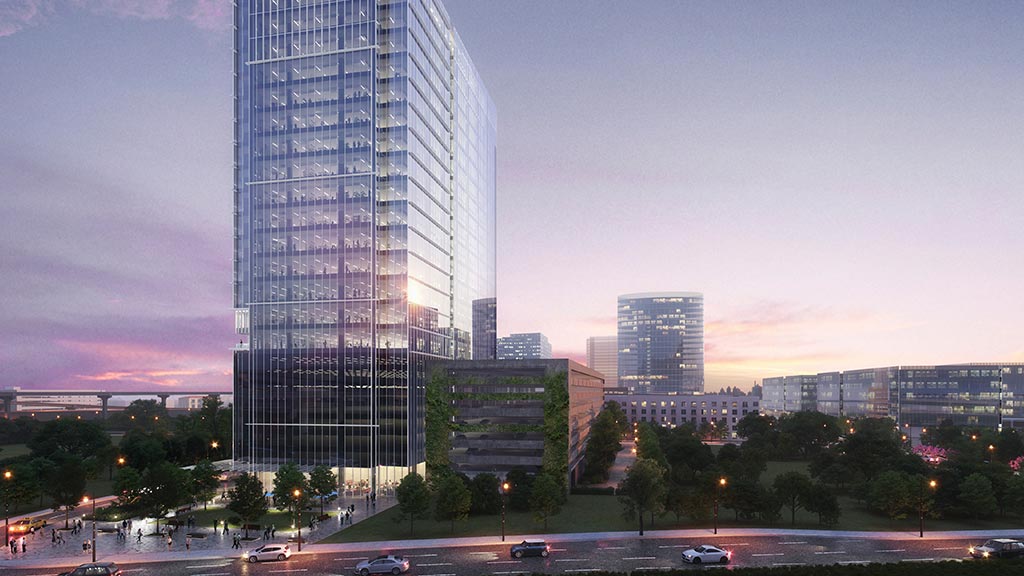
Plano’s Legacy West development, Ryan Tower, Designed by Gensler, Is Ready to Welcome Tenants
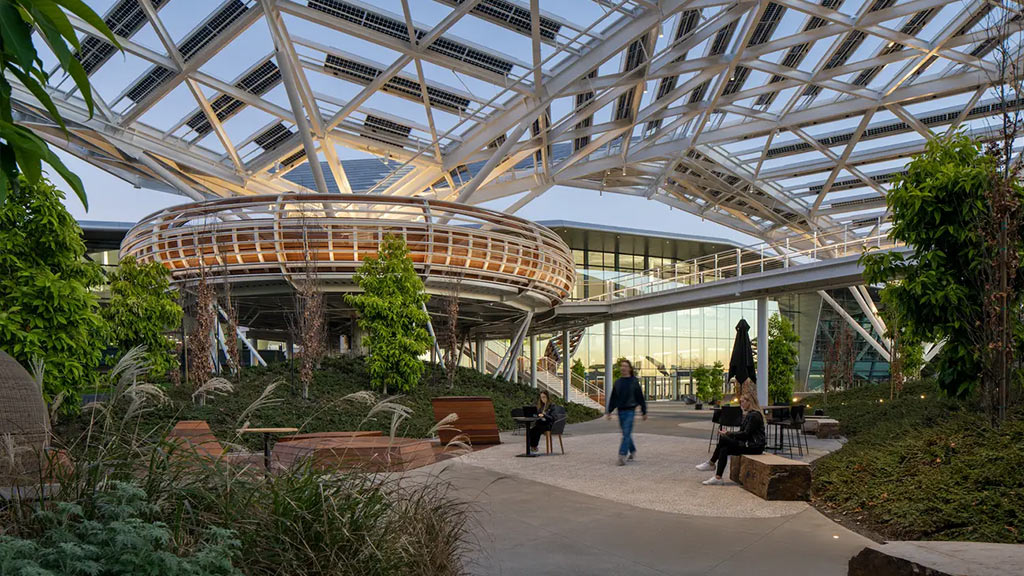
Business Insider Rounded Up the Coolest Tech Offices of 2024, Featuring NVIDIA’s “Futuristic Headquarters”
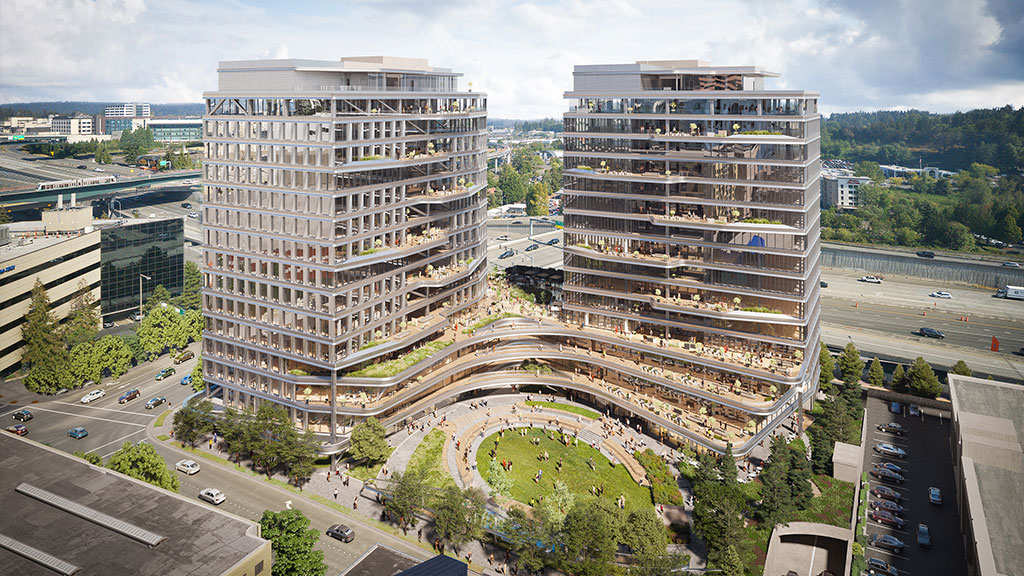
Top Projects That Will Reshape Seattle, Including Gensler Seattle’s KANON Project
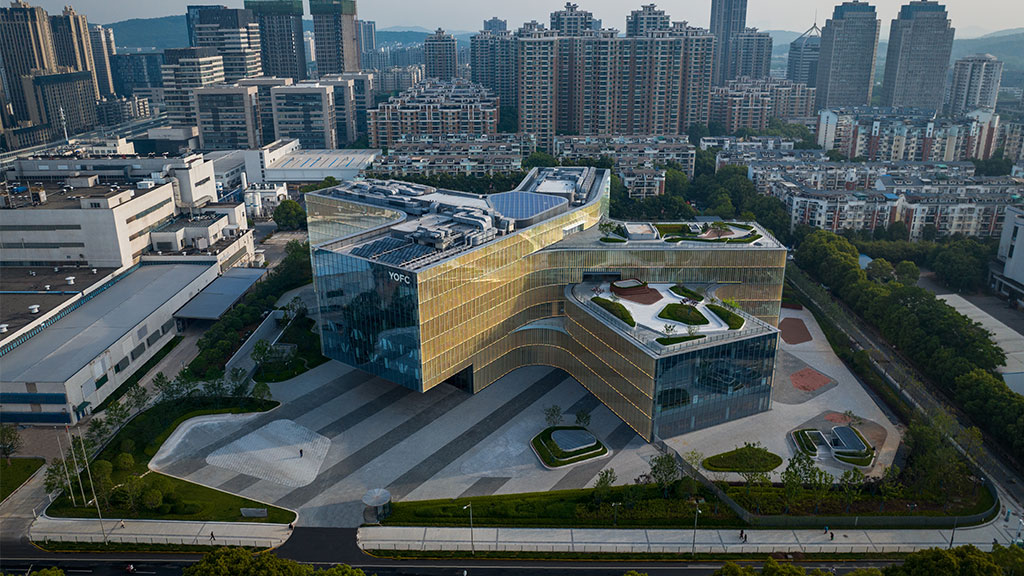
The Gensler-Designed YOFC Headquarters in Wuhan Is a “High-Tech Beacon”
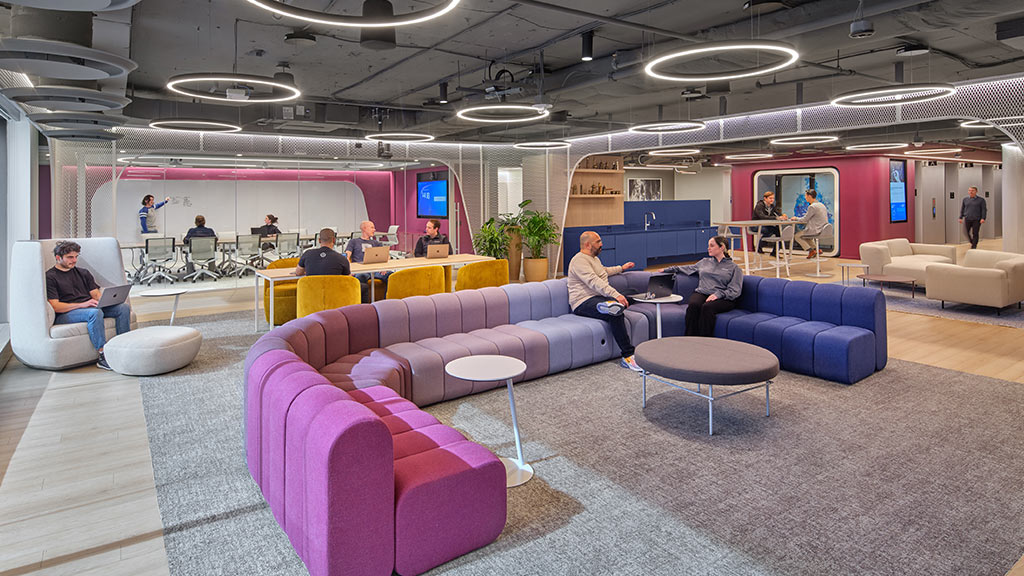
Gensler’s Global Workplace Survey 2024 Shows the Impact of Office Collaboration
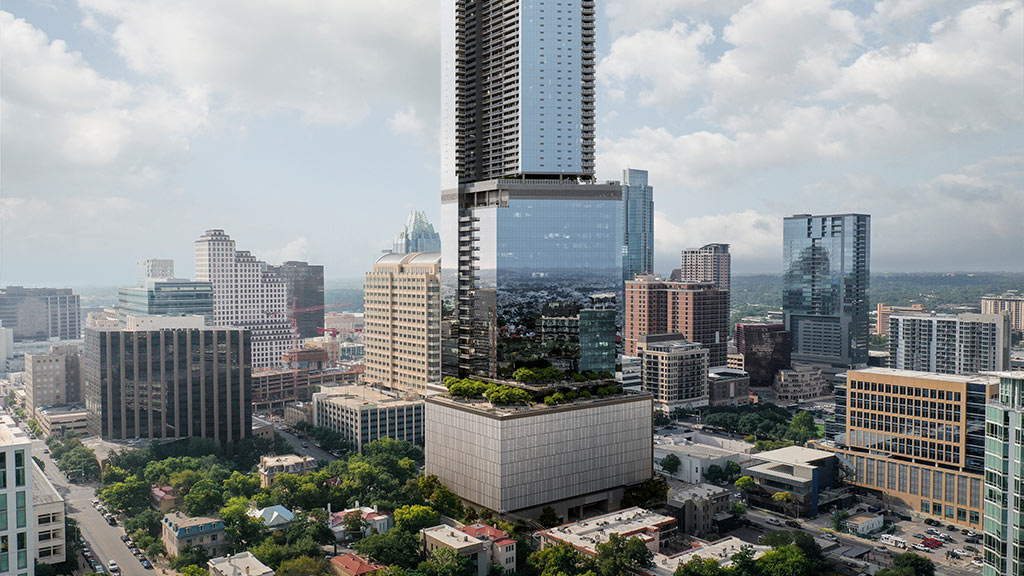
The Gensler-Designed Sixth and Guadalupe Skyscraper in Austin is Nearing Completion

Capital One McLean Block A Wins Interior Design’s 2023 Best of Year Award
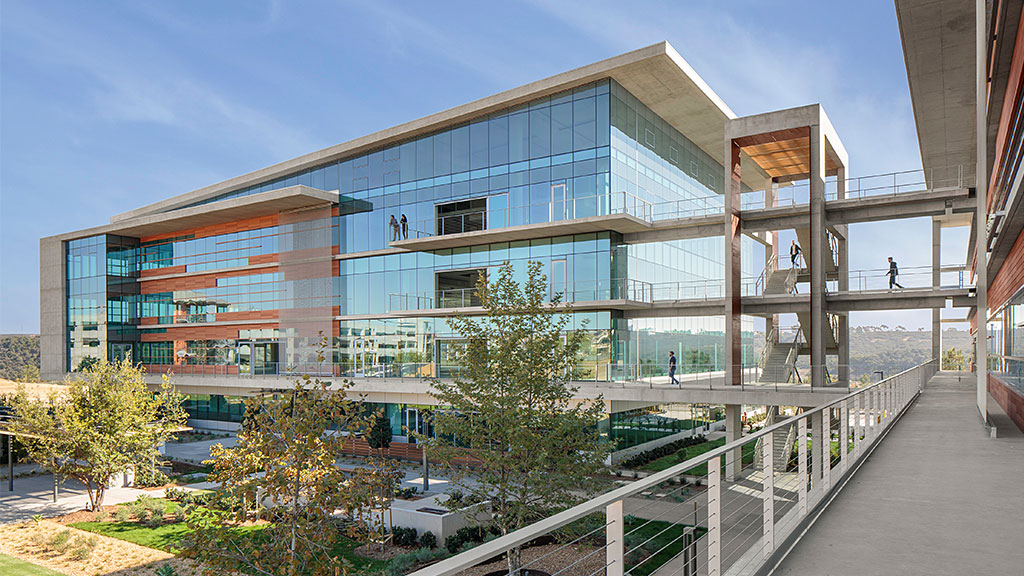
Gensler Developer Leader Darrel Fullbright Discusses Building “Perpetual Assets”
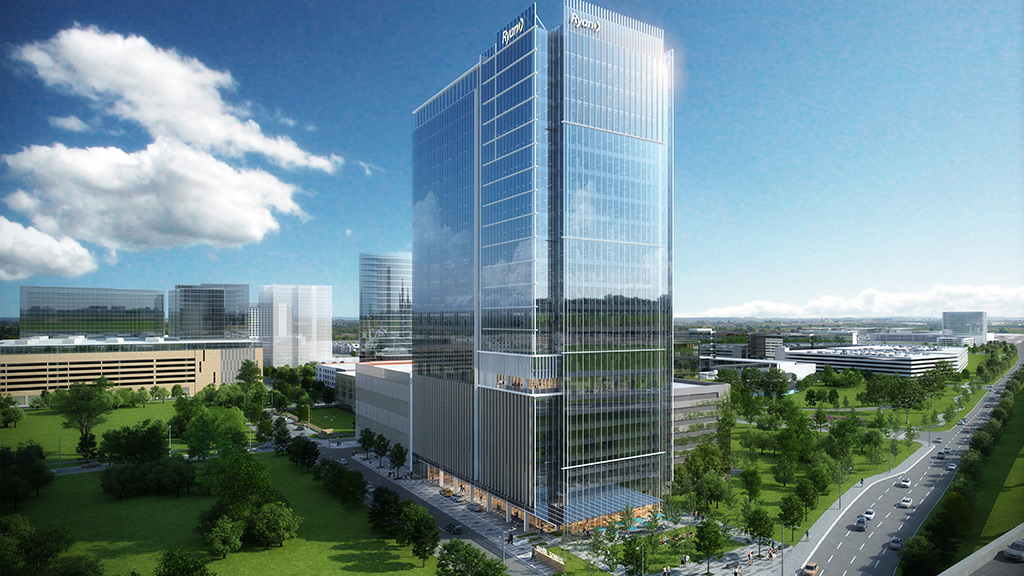
Ryan Tower Is One of the Largest Office Projects Under Construction in North Texas
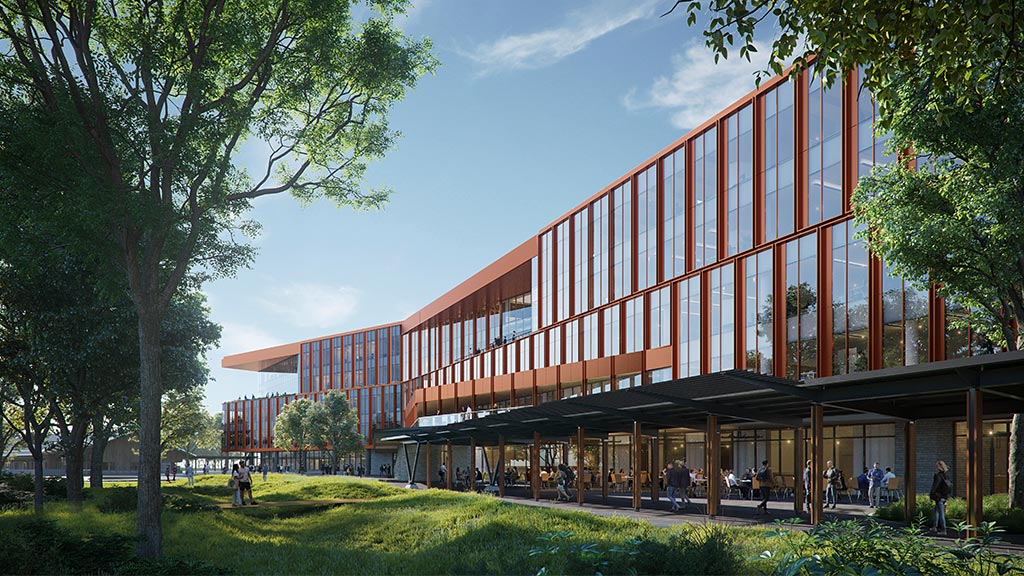
Gensler Ranked #1 on Building Design+Construction’s Top 200 Office Building Architecture Firms
